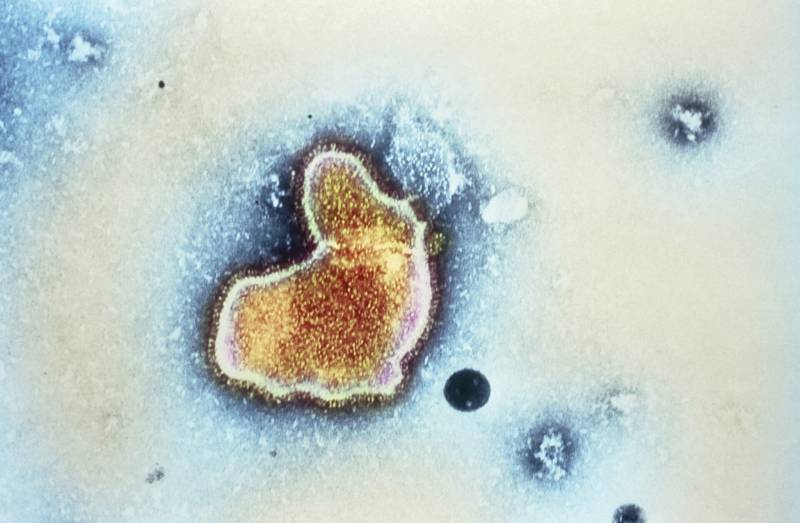Patients are flooding Bay Area hospitals as a common respiratory virus sweeps across the region, mirroring a similar surge that has ravaged the East Coast this month.
“Last night I admitted a 3-year-old child from the emergency department who spent nine hours in the emergency room waiting for a bed in the hospital,” said Dr. David Cornfield, pediatric pulmonologist at Stanford University. “And that’s not terrifically unusual [right now].”
The main culprit is respiratory syncytial virus, or RSV, which feels like a bad cold. Symptoms can include a runny nose, a barking cough, wheezing or rapid breathing. Nearly every child on the planet has had RSV by the time they are 3 years old, and many catch it before they are 1 year old. However, the pandemic broke this pattern because older kids may have escaped it as an infant. Now they are catching RSV for the first time.
“It’s almost as if we’re seeing a stacking up of the infectious risk that was deferred in recent years when viruses weren’t exchanged as readily because people were in isolation, wearing masks and not going to school,” said Cornfield.
He says the emergency department at Stanford’s Lucile Packard Children’s Hospital is full. Doctors at UCSF Benioff Children’s Hospitals and Kaiser Permanente also say patient volume is unusually high, although they still have capacity.

